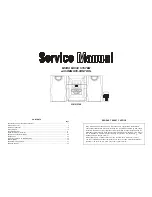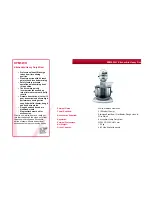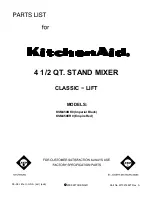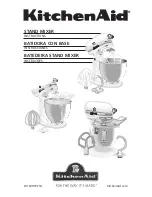
POWER CORE User Manual
Version: V6.0.0/5
410/459
20. Maintenance
The
Status
(and other fields) on the right refer to the individual software modules. Each component may run more
than one software module, which is why there are multiple entries. The columns indicate:
Ø
Status
- of the software module compared to the file version on your computer:
the software is up to date.
the software is older than that included in the new release, therefore you should
this software module cannot be updated or is not included in the new release package.
NEW
indicates that newer version of software than that included in your release is installed on the
component (used for system test only).
OLD
indicates that the software version cannot be identified. This may occur if you have not updated
system components for a while. Nevertheless, an update with SoP Explorer can be and should be
performed.
Ø
Slot
- denotes the hardware address of the system component:
·
IOs
– the slot number within the POWER CORE frame.
·
Surface
– the CAN bus address of the module or panel.
·
System
– the POWER CORE control system is always indicated with a slot value of 031.
Ø
Hardware
- displays the part number of the system component, for example
951/41-10
.
Ø
Rev:
- denotes the hardware revision of the component.
Ø
Software:
- describes the name of the software module, for example
BOOT
.
Ø
Version:
- the version of software running on the component, for example
0.2129
.
Ø
Timestamp:
- the date and time when the software running on the component was created (if available).
Ø
Version (SoP):
- the version of software enclosed in the SoP release. i.e. the version installed on your PC.
Ø
Timestamp (SoP0:
- the date and time when the SoP software module was created.
Ø
Rev:
- specifies the hardware revision required to perform an update.
Ø
Sop:
- denotes the file name of the software included in the SoP release.
















































